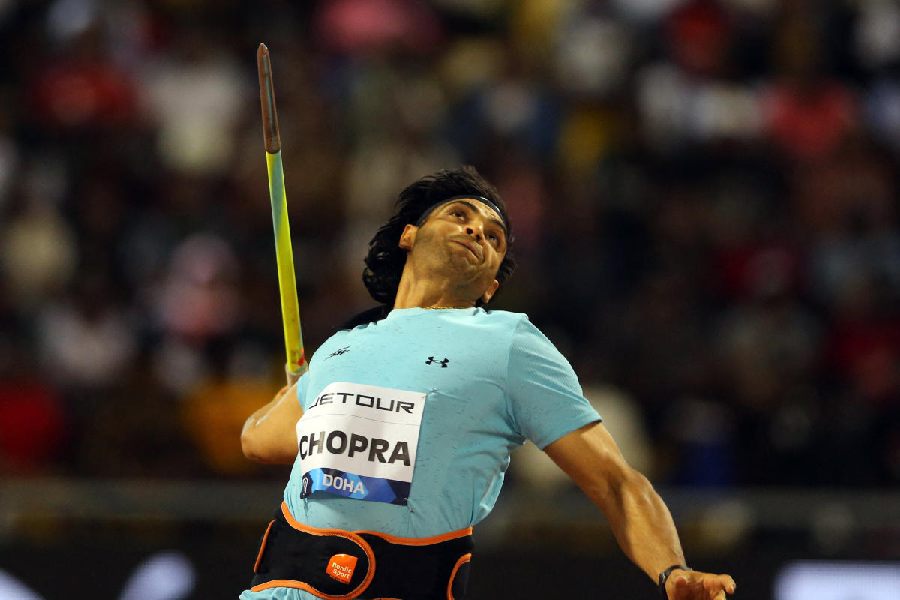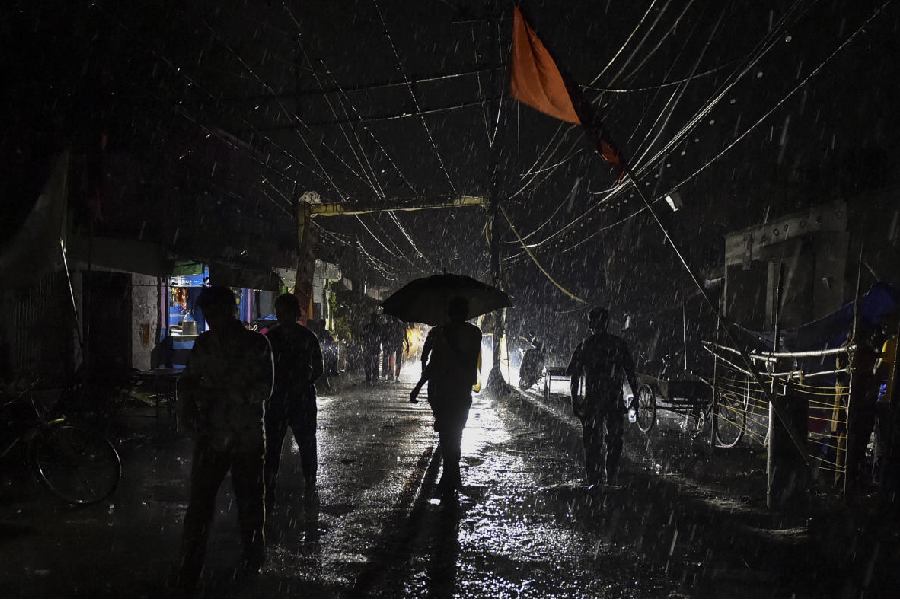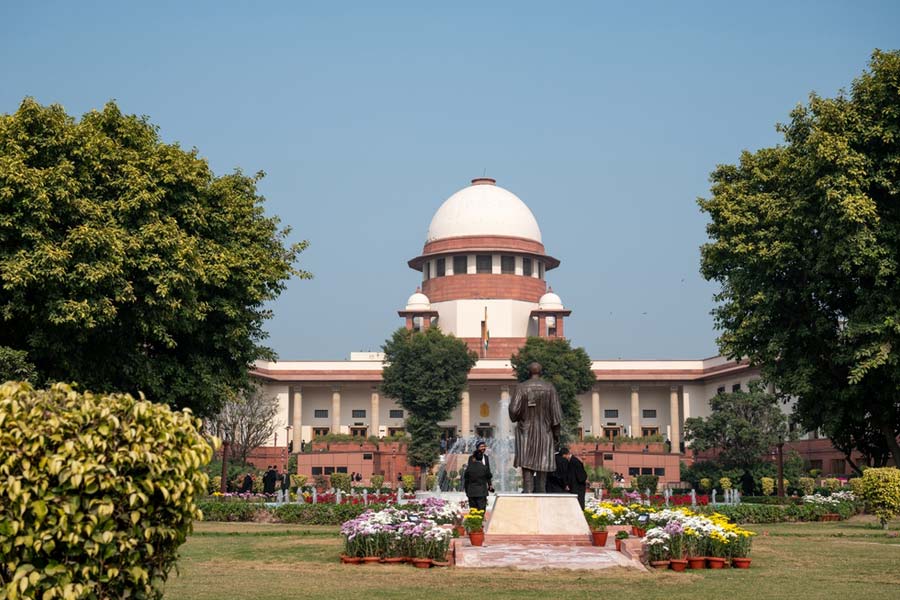 |
| St Mary’s Church in Phulwarisharif |
St Mary’s Church in Phulwarisharif is not just another place to pray. It is a natural energy hub.
The church has several curved dishes of mirror, used to tap the sun’s energy. People work at a solar research and development laboratory on its campus round the year on how to use solar energy better.
All appliances in the church, run by Father Paul Mariadass since 2010, runs on solar energy. It is even used to dry spices.
St Mary’s Church imparts knowledge to people in the neighbouring areas as well as students, who come to the state capital for research, on the usage of solar energy. It also works towards the uplift of the society and to create a green environment through its non-profit society, Solar Alternatives and Associated Programmes (SAAP).
The curved dishes of mirror placed on the church campus, Father Paul said, tap the solar energy. They are in different shapes — three are of 10sqm, four of 8sqm, one of 16sqm and two are 2.8sqm.
Father Paul said the energy tapped by them is used to run flat plate hot water system, Scheffler solar reflectors and food dryer.
Scheffler solar reflectors are solar heating equipment comprising concentrating reflectors that move to track the movement of the sun, which provides cooking heat.
On reasons to keep such solar plants in a church compound, Father Paul, also the managing director of SAAP, said: “The objective of the church has not only been to teach the Bible but to work for the uplift of the society and the welfare of the people. The concept of utilising solar energy was the brainchild of Father Matthew (who ran the church before him) in 1996 as ecological concern was a social issue. Using natural resources for human use will certainly improve the quality of life and our aim is to tell people about its usage and create a green and healthy environment, as its degradation is a serious concern for every human being.”
He added: “SAAP focuses on concentrating solar power, a technology rarely used elsewhere in India and building a simplified design of parabolic reflectors to reflect sunlight to a single point. The heat at this point is very high and can be used directly for cooking or boiling water for steam. Tripolia Hospital in Patna uses solar energy for sterilisation. The steam energy can also be used to run a turbine, creating electricity from sunlight.”
Father Paul calls it “domesticating the sun’s energy”, as it can be used up to nine months and emits zero pollution.
While concentrating solar power uses mirrors or lenses to concentrate a large area of sunlight or solar thermal energy on a small area, a parabolic reflector is a device used to collect or project energy.
St Mary’s Church is now even planning to create solar-powered rickshaw, refrigerator and air-conditioner in the future. Father Paul said although the projects are in the research and development stage, they would soon be ready for the people.
Besides generating solar energy, SAAP trains students of various schools and colleges on its usage. SAAP trains students in making the solar power plants and utilising solar energy for three to six months. Last year, around 15 students, including eight from the USA and the UK, were trained.
Amit Kumar, a Birla Institute of Technology, Patna, student, who underwent training at SAAP for three months last year, said: “I learnt a lot about eco-friendly solar energy and how it can be of great use in places like Bihar, which is electricity-deficient. For this, the state is unable to set up industries. Solar energy is the best alternative for the state.”
SAAP trains students free of cost. Father Paul said: “We don’t do business, it is purely social work. The selection is based on interviews, where we judge the intention of the students. We also provide consultancy to the residents and educate them on solar energy free of cost.”











